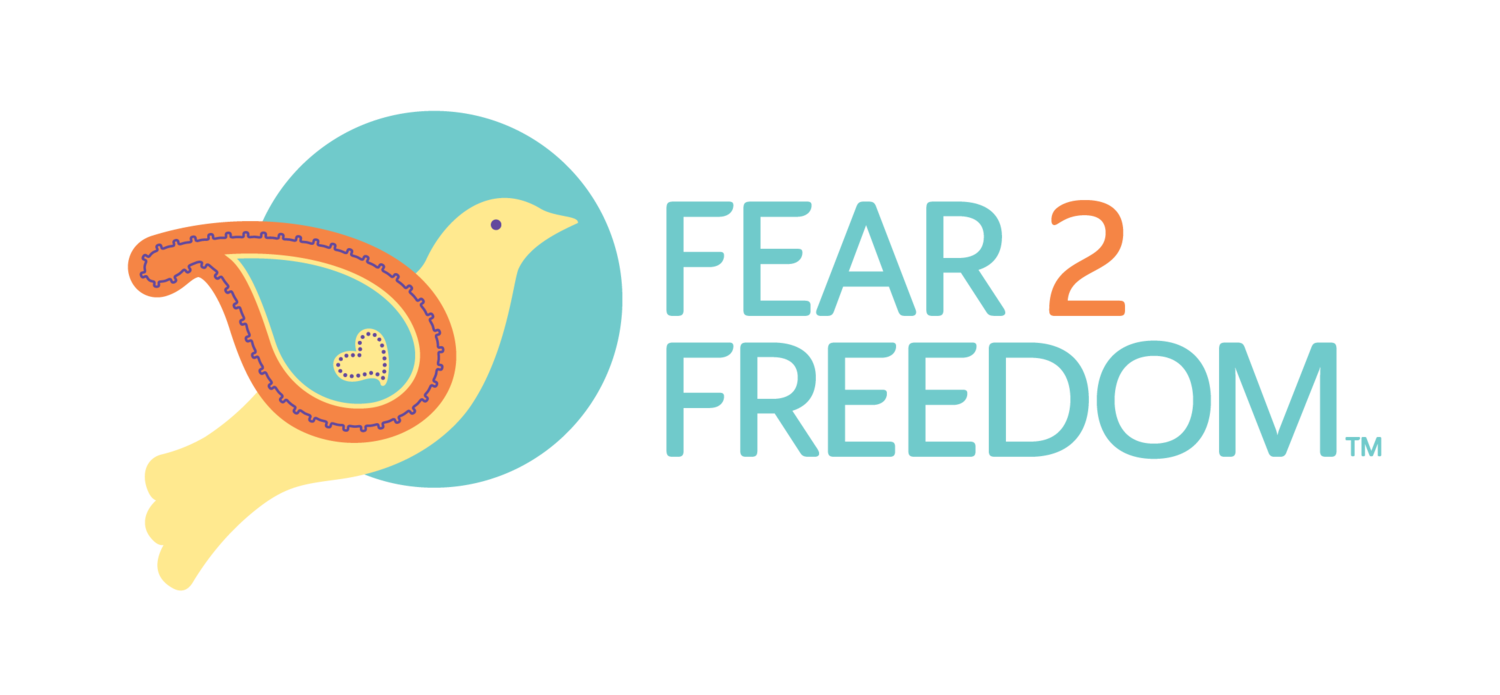written by: Lauren Carrasco-Kyllönen, Director of Programs
What's This Year’s Focus?
NSVRC's theme for #SAAM2023 is "Drawing Connections: Prevention Demands Equity". So what does that actually mean? It's about recognizing how sexual violence is inextricably linked to so many other forms of oppression. It's about understanding that, in order to truly prevent SV, we must also address they ways in which oppressive systems contribute to cycles of violence & put up barriers to accessing support & healing. It's about using this broader understanding to inform what we do, so that we're taking actions that promote equity over equality.
Why Does This Matter?
To help illustrate the importance of addressing oppression, here's an anecdote commonly used in prevention work:
3 people are walking along a riverbank when they notice that there are people caught in the river, shouting for help.
1 person starts pulling people to the shore & another begins caring for those who've been pulled out.
The 3rd person walks further upstream to investigate the cause of this, then begins helping prevent people from falling into the river at all.
While helping people get out of the situation & treating them afterwards are both important, they're only addressing the symptoms & can soon become overwhelming if the flow of people in need never slows. The focus of primary prevention is to move upstream & reduce the number of people being victimized in the 1st place.
There are many forms of oppression (sexism, ageism, racism, ableism, heterosexism, classism, etc) that influence systems which, in turn, put those who are marginalized by them at greater risk. Being able to trace the symptoms back & address those root causes is what's going to help us have the most impact in ending all forms of violence.
How Are Equity & Equality Different?
The words “equity” & “equality” may seem like a “tom-aye-to”/“tom-ah-to” situation, these terms are not interchangeable & in-fact are fundamentally different. Equality is focused on giving everyone the same resources & opportunities to reach a specific outcome. At surface level this seems like a fair, impartial way to do things, but in reality it ends up being quite the opposite. Take the graphic below for example. Sure, giving everyone the same bike is equal, it’s not a legitimate way for everyone to reach the finish line. This approach actually favors one type of person & forces those who don’t fit that mold to conform to something that isn’t a good fit for them, while completely excluding others who cannot use that method/tool at all.
People are not all carbon copies of each other, so supports must be tailored individually. When striving for a particular outcome we’re each beginning at different starting points, with different terrains to navigate, different mental & physical abilities, different histories & cultures, & so much more. This is where equity comes in.
Equity is about providing each individual whatever they need to be successful in reaching their goal, not giving them the same thing as everyone else. This approach recognizes the different circumstances & barriers we each face, then tailors the approaches & resources to that reality in order to help reach the same outcome. It’s about being truly inclusive.
By using equity as our guiding approach, we’ll be better able to see a broader picture of people’s lived experiences. This holistic view will aid us in meeting them where they are with what they need. If we can do this, we’ll be able to offer more successful & inclusive support.
What Can We Do?
Tackling whole systems can sound overwhelming or like it's someone else's job (politicians, professionals, etc), but even as individuals there are actions we can take:
Reflect on the ways oppression shows up in systems, relationships, as well as our own thoughts & actions.
Educate ourselves on the importance of promoting equity (not fairness) as process for reaching true equality.
Bring others into the conversation. Listen to perspectives/experiences that differ from your own. Point out & question instances of bias/oppression when you notice them.
Get involved with organizations/groups whose work focuses on equity & primary prevention.
Want to learn more about this year's theme & get involved in #SAAM2023? Visit NSVRC's website & be sure follow F2F on social media so you can participate along with us.
Sources: https://www.nsvrc.org/saam/drawingconnections https://www.internationalwomensday.com/EquityEquality https://www.preventionmeansprogress.org/prevention-policies-research/


